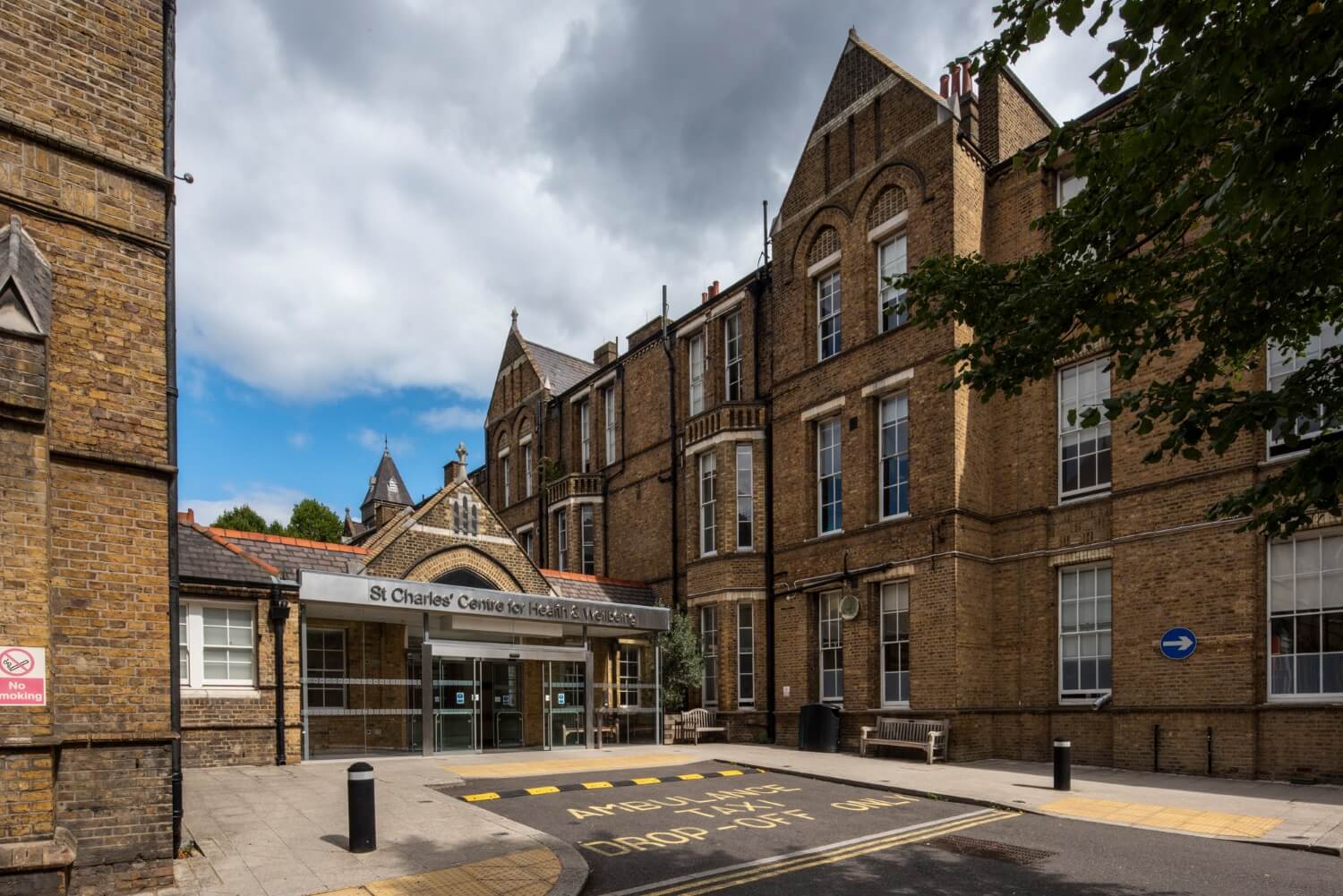Published date: 02 March 2021
Reducing our carbon emissions with our employee engagement programme
A group of regional energy leads are helping NHSPS meet NHS England's net zero carbon target by working with our customers and people on the ground to make small, site level changes at our properties.
Challenge
NHS England has set out a target for the NHS to be carbon neutral by 2040. NHS Property Services' Energy and Environment has therefore launched a three year strategy to kick-start our programmes to reduce the negative environmental impact of our buildings.
However, NHS Property Services has:
- 4,000 colleagues spit across seven regions
- 3,000 buildings including GP surgeries, offices, health centres and large community hospitals
- 7,000 occupiers
With such a large and diverse estate and team, it is difficult to make sure that our Energy and Environment Strategy is understood at all levels and regions of the business, so that our people have the knowledge and tools to reduce the negative environmental impact of our buildings and meet NHSE's target.
Solution
In order to improve awareness of what our Energy and Environment team is doing and help engage colleagues throughout the business, alongside Inenco, we set up an Energy Leads group. The group is made up of like minded colleagues from each region who meet regularly with the Energy and Environment team and Inenco to discuss ideas, progress on actions and coordinate site surveys.
The Energy Leads objective is to drive change in their regions through no and low cost actions to help NHSPS meet their energy and environmental goals and ultimately, support NHS England’s targets.
The programme has been running since mid-2018.
Impact
The programme has expanded the knowledge of the regions. in terms of energy efficiency and making sure ideas are discussed at senior leadership team meetings.
The benefits of our engagement programme can be seen in the energy and cost reductions seen year on year. In 2018/19, our people saved 3,500 tonnes of CO2 and over £1.2m and in 2019/20, we saved 4,650 tonnes of CO2 and £1.78m by making small, site level changes.
“The ongoing savings achieved through this programme speaks volumes about its importance to the business and the wider NHS, especially as we are being targeted to reach a Net-Zero Carbon over the coming decades. The awareness and ability for contribution from all parts of the business is going to be key to how we plan the Net-Zero roadmap.” Nick Macdonald-Smith, Principal Energy and Environment Programme Officer
Example one: Shut down procedure
Merlin House in Tamworth had higher than expected overnight electricity. A site survey identified that only part of the building is operational 24/7 so our local team implemented a ‘last person out’ shutdown procedure with the occupiers. They shared educational materials so they knew how to do this and the result was a 17% reduction in consumption, equating to £3,500 per year and 4 tonnes of CO2.
Example two: Adjusting building controls
We identified that 25% of The Laurels Healthy Living Centre’s consumption was during night time. It is a multi-occupied site with little understanding of whose responsibility it is for heating/cooling, lights and other utilities usage. Our local team discussed this at the ‘Building Users Group’ and agreed responsibilities and adjusted controls to match building usage. As a result, they saw an 11% reduction in consumption, equating to £1,500 per year or 2,400 tonnes of CO2.
Example three: TRIAD avoidance
TRIAD avoidance action was taken by the team at Edgware Community Hospital in London whereby they adjusted the building management system settings to reduce electricity demand over the TRIAD period. The action saved between 40-60kWh, and £2,400-£3,600 if repeated over the actual 3 TRIAD periods.






